$19.50
Description
Port Chicago Disaster and the Mutiny of the 50
Timeline of Main Events:
- 1942: Following the attack on Pearl Harbor, the Port Chicago Naval Magazine is constructed in California. It quickly becomes the Navy’s largest ammunition shipment facility on the West Coast.
- Throughout the War (pre-July 1944): African American enlisted men are consistently assigned as loaders (stevedores) at Port Chicago, despite having training in other naval ratings. All commanding officers at the facility are white. The African American loaders receive no specific training in ammunition loading.
- July 17, 1944, 10:19 PM: Two massive explosions, seconds apart, occur at Port Chicago Naval Magazine. The SS Quinault Victory and the SS E. A. Bryan, both loaded with ordnance and ammunition, detonate. The blasts kill 320 sailors and civilians (approximately 75% of fatalities are African American) and injure 390 others (approximately 60% are African American). It is the worst American home front disaster of World War II.
- Weeks Following the Explosion (Late July/Early August 1944): Surviving white sailors and officers are granted leave and commended. Surviving black enlistees are ordered back to work loading ammunition on other ships.
- August 8, 1944: At the U.S. Naval Ammunition Depot in Mare Island, California, 258 African American sailors refuse to load ammunition, citing unsafe conditions at Port Chicago. They are threatened with charges of mutiny. Most eventually return to work.
- August 1944 (Following Refusal): 50 African American sailors are charged with “Making a Mutiny” for refusing lawful orders related to loading and unloading ammunition.
- September – October 1944: The general court-martial of the “Port Chicago 50” takes place at the U.S. Naval Training and Distribution Center in San Francisco, California. This becomes the largest mutiny trial in U.S. Navy history. Attorney Thurgood Marshall serves as chief counsel for the defense on behalf of the NAACP.
- October 24, 1944: The trial board finds all 50 defendants guilty of mutiny after only eight minutes of deliberation. They are sentenced to eight to fifteen years of hard labor in prison.
- Late 1944 (Post-Sentencing): The NAACP, led by Thurgood Marshall, begins a campaign to have the verdict overturned.
- Two Months After the War Ends (Likely late 1945): The harsh sentences of the Port Chicago 50 are reduced to 17 months.
- Approximately One Year After Sentence Reduction (Likely late 1946/early 1947): The men are sent to sea for a year of “rehabilitation.”
- 1946: The Port Chicago 50 are discharged from the Navy under “honorable conditions,” a designation that still deprives them of full veterans’ benefits.
- 1948: Due in large part to civic pressure, press involvement, and concerns about the treatment of the Port Chicago 50, President Harry S. Truman issues an executive order to end segregation in the U.S. military.
- 1992: Congress passes a bill to create the Port Chicago Monument at the site of the explosion, which is located within the restricted-access Military Ocean Terminal Concord (formerly Port Chicago). Public visits require pre-arranged arrangements.
- May 20, 1999: Freddie Meeks, one of the few surviving members of the Port Chicago 50, submits a petition for a presidential pardon.
- 1999: President Bill Clinton issues a pardon to Freddie Meeks.
- June 11, 2019: A concurrent resolution sponsored by Representative Mark DeSaulnier is agreed upon by the 116th Congress. The resolution recognizes the victims of the explosion and officially exonerates the 50 men court-martialed by the Navy.
Cast of Characters:
- Freddie Meeks: An African American Sailor who was present at Port Chicago during the explosion. He survived and recalled the horrific aftermath. He was one of the 50 men court-martialed for mutiny. In 1999, he received a presidential pardon from President Bill Clinton and was one of the last known living members of the Port Chicago 50 at that time.
- Thurgood Marshall: A prominent attorney with the National Association for the Advancement of Colored People (NAACP). He served as the chief counsel for the defense of the Port Chicago 50 during their court-martial. His involvement highlighted the racial injustices in the case.
- Julius J. Allen: Listed as the first name in the title of the court-martial case file (“General Courts Martial Case File of Julius J. Allen, et al.”). He was one of the 50 African American sailors charged with mutiny.
- Harry S. Truman: The President of the United States who issued an executive order in 1948 to end segregation in the U.S. military, a decision influenced in part by the events at Port Chicago and the subsequent treatment of the Port Chicago 50.
- Bill Clinton: The President of the United States who issued a pardon to Freddie Meeks in 1999, acknowledging the injustice faced by the Port Chicago 50.
- Mark DeSaulnier: A U.S. Representative who sponsored the concurrent resolution in 2019 that officially exonerated the 50 men court-martialed after the Port Chicago disaster.
- James V. Forrestal: The Secretary of the Navy during a relevant period (likely post-explosion and during the legal proceedings). His selected files are mentioned as part of the document collection, suggesting his involvement or awareness of the events.
World War II Port Chicago Disaster/Port Chicago Mutiny Documents Court Martial Files & Films
2,653 pages of documents and 40 minutes of films covering the Port Chicago Explosion and the Court Martial of the Port Chicago 50.
On July 17, 1944, a deadly munitions explosion at Port Chicago Naval Magazine, California killed 320 sailors and civilians and injured 390 others.
African Americans constituted nearly 75 percent of the 320 fatalities and 60 percent of the 390 hurt. It was the worst American home front disaster of World War II.
Constructed in 1942, following the attack on Pearl Harbor, the naval magazine was named after the nearby town of Port Chicago. It quickly grew to become the Navy’s largest ammunition shipment facility on the West Coast, essential to the success of US armed forces in the Pacific Theater. Today Port Chicago is now Concord, California.
From the beginning, all the enlisted men employed as loaders at Port Chicago were African American; all their commanding officers were white. All of the enlisted men had been specifically trained for one of the naval ratings during his stay at Naval Station Great Lakes (NSGL) but the men were instead put to work as stevedores. None of the new recruits had been instructed in ammunition loading.
At approximately 10:19 PM on 17 July 1944, two massive explosions just seconds apart devastated the Magazine, when two ships, SS Quinault Victory and SS E. A. Bryan, being loaded with ordnance and ammunition for operations in the Pacific theater blew up. The detonations smashed the almost fully loaded E. A. Bryan to bits and blew large pieces of Quinault Victory over 500 yards away into Suisun Bay. Witnesses reported seeing an immense column of fire that mushroomed, creating a magnificent yellow-orange light. The blasts equaled an estimated 5,000 tons of TNT.
The search for survivors quickly became a recovery effort. Freddie Meeks, an African American Sailor, recalled the shock of putting body parts into baskets as he absorbed the loss of life and the destruction that occurred. Only 51 bodies remained intact for identification, and the smell of burning flesh hung in the air. The blasts had obliterated virtually everything within 1,000 feet, including cargo ships, the pier, boxcars, a 45-ton diesel locomotive, the joiner shop, a Coast Guard barge, and a nearby wharf still under construction.
In the ensuing weeks, surviving white sailors and officers were given leave time and commended for heroic efforts, whereas surviving black enlistees were sent back to work loading ammunition on other ships.
On August 8, 1944, at the U.S. Naval Ammunition Depot in Mare Island, California, 258 sailors refused to load ammunition due to unsafe conditions. When they were told they would be charged with mutiny, a crime punishable by death, most returned to work. Eventually, 50 African American men were accused of refusing lawful orders in the loading and unloading ammunition and charged with “Making a Mutiny,” which led to the largest mutiny trial in U.S. Navy history.
The courts-martial ended on Oct. 24, when the trial board, after only eight minutes of deliberation, declared the Port Chicago 50 guilty of mutiny. All of the men were handed sentences ranging from eight to 15 years of hard labor in prison. Led by attorney Thurgood Marshall, the National Association for the Advancement of Colored People (NAACP) pushed to have the verdict for the Port Chicago 50 overturned. When the war ended just two months later, the harsh sentences were reduced to 17 months. They were then sent to sea for a year of rehabilitation. Then they were discharged in 1946, “under honorable conditions,” one step short of dishonorable discharge and deprived of veterans’ benefits.
Due in large part to civic pressure, involvement of the press and consternation regarding the treatment of the Port Chicago 50, President Harry S. Truman issued an executive order in 1948 to end segregation in the U.S. military.
In 1992, Congress passed a bill to create the Port Chicago Monument at the site of the explosion. The Port Chicago monument is located inside Military Ocean Terminal Concord, which is a controlled access area, which the public is restricted from visiting. Members of the public are allowed to visit the memorial if arrangements are made weeks before a visit.
In 1999 President Bill Clinton issued a pardon to Freddie Meeks, one of only three of the Port Chicago 50 known to still be alive at the time.
On June 11, 2019, A concurrent resolution sponsored by Representative Mark DeSaulnier was agreed upon by the 116th congress. The resolution recognized the victims of the explosion and officially exonerated the 50 men court-martialed by the Navy.
The Collection includes:
Port Chicago Explosion Judge Advocate General (JAG) Investigation Findings Report – The finding of facts by the Judge Advocate General investigating the Port Chicago explosion.
General Courts Martial Case File of Julius J. Allen, et al., The Port Chicago Mutiny – This is the case of the Port Chicago Mutiny. Contains records of the proceedings of a general court martial which convened at the U.S. Naval Training and Distribution Center in San Francisco, California. The file contains 1,868 pages of the court’s proceedings and transcript of the trial as well as the courts findings. Additionally, this file contains various letters and memorandum regarding the case, including letters to the President from the Secretary of the Navy. Also included is a brief by the chief counsel for the defense, Thurgood Marshall. Finally, this file contains service records and qualifications cards of the defendants, which include some personal information.
Port Chicago Damage Films – Forty minutes of film shot by the Navy of the damage caused by explosion.
Clinton Administration Documents – Clinton Administration documents related to Port Chicago. Meeks. Includes the petition for Pardon for Seaman Second Class Freddie Meeks United States Navy, May 20, 1999, Petitioner’s Application for Pardon.
James V. Forrestal Secretary of Navy Selected Files from the Library of Congress and National Archives
NAACP Legal Defense Fund Reports with Reference to Port Chicago from the Library of Congress
Red Cross Response to Port Chicago Files from the Red Cross archives.









Related products
-
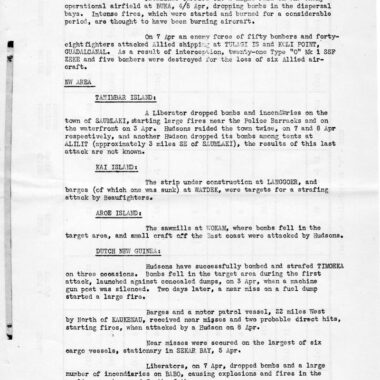
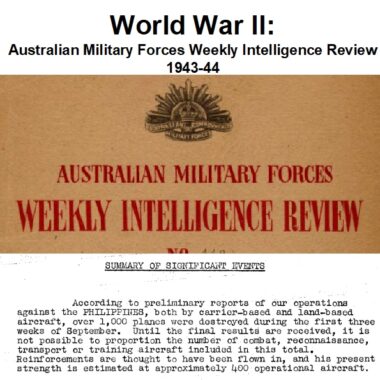
World War II: Australian Military Weekly Intelligence Reports 1943-44
$3.94 Add to Cart -
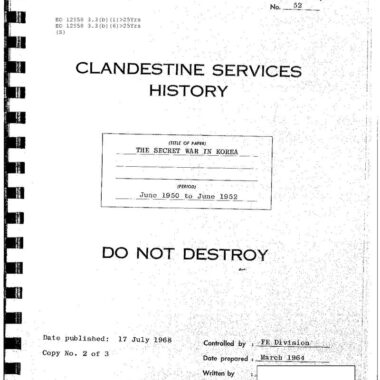
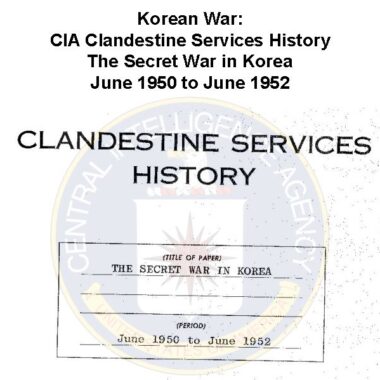
Korean War: CIA Covert Operations History – The Secret Conflict in Korea
$3.94 Add to Cart -
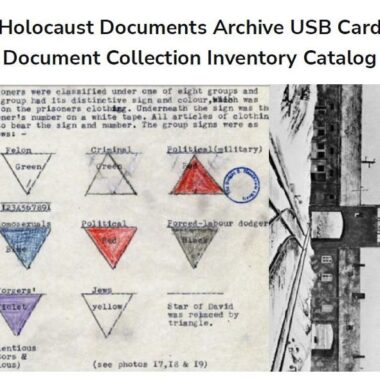
Holocaust Document Archive PDF file – Inventory Catalog of Document Collection
$3.94 Add to Cart -
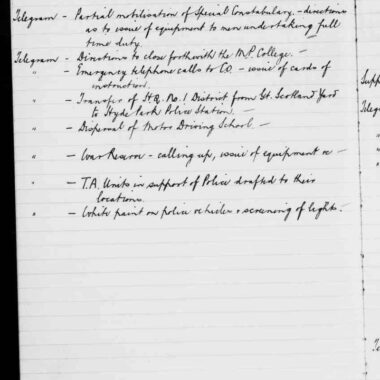
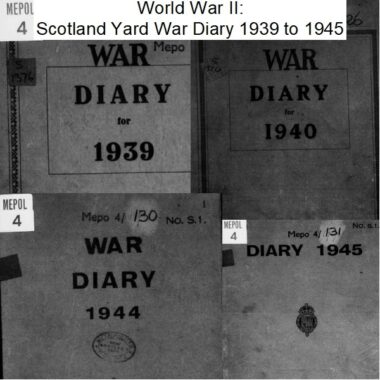
World War II: Scotland Yard War Diary from 1939 to 1945
$3.94 Add to Cart

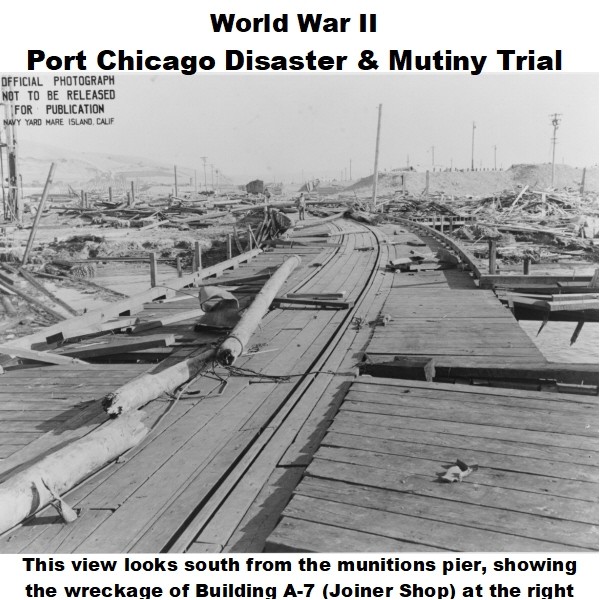
Reviews
There are no reviews yet.